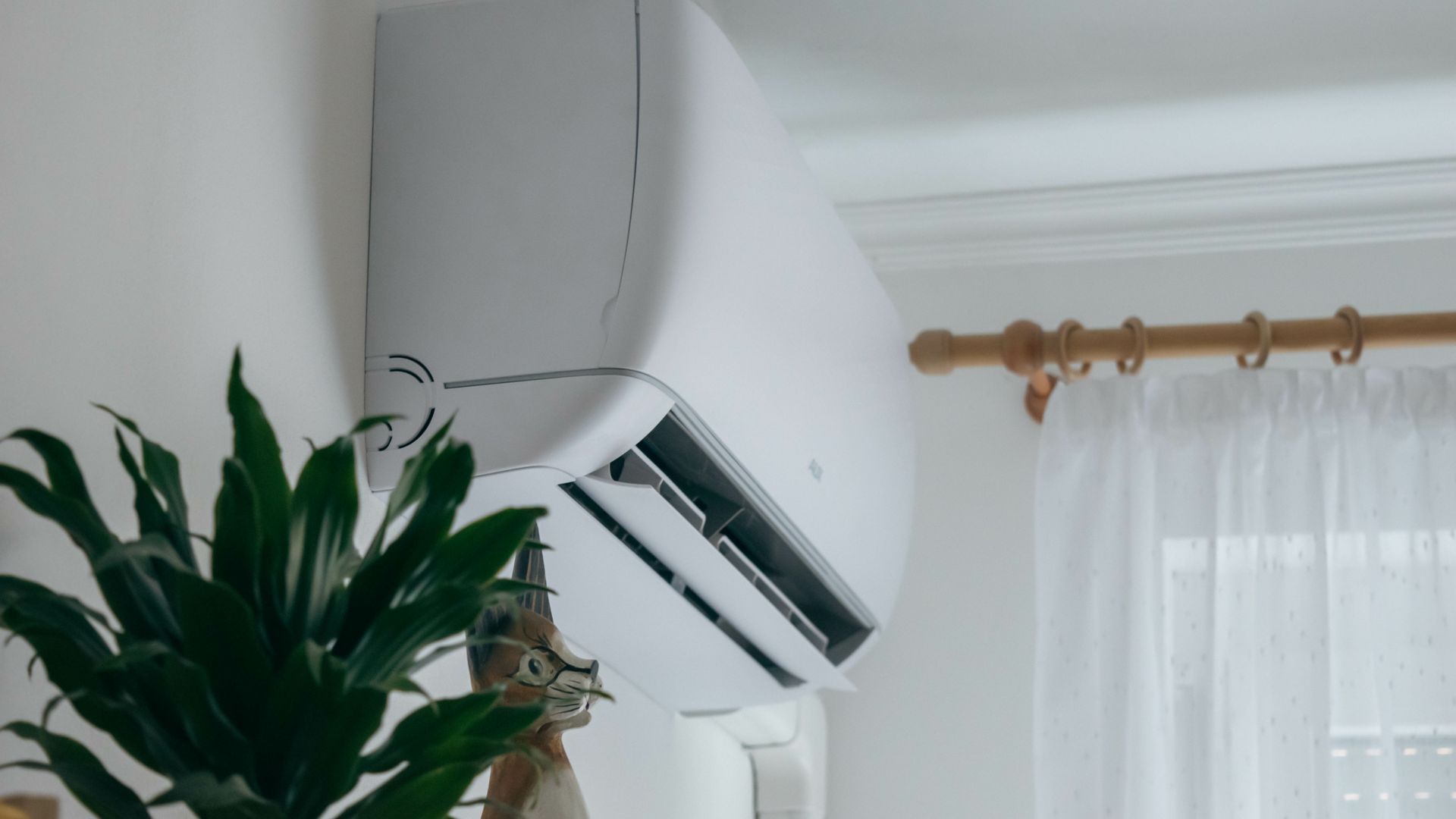When you think of insulation, you likely picture large rolls of pink or yellow cotton-candy-like material. That’s called batten insulation, and it’s not the only option when it comes to making your home more thermally efficient. Blown-in fiberglass insulation provides comparable R-value (more on that later) while boasting several advantages of its rolled-in counterpart.
What is Blown-in Insulation?
Blown-in insulation is a loose-fill material comprised of fiberglass and mineral wools. As the name implies, the fibers are distributed throughout the attic with a large hose connected to an electric blower.
What’s the R-Value of Blown-in Insulation?
The R-value is the measure of thermal resistance. Basically, the higher the insulation’s R-value, the more effective it is against the transfer of hot and cold air. The R-value of loose-fill insulation is 2.2 to 2.7 per inch of thickness. In comparison, batten insulation has an R-value between 2.9 and 3.8.
When it comes to R-value, batten appears to have the edge over blown-in. However, loose-fill fibers can be installed at any thickness. That means the R-value of blown-in insulation can match and even surpass that of rolled insulation.
Check out this guide to see the U.S. Department of Energy’s recommended R-values for attics based on region.
What are the Advantages of Blown-in Insulation?
Batten insulation comes in pre-cut rolls sized to be installed between joists and walls studs.
Blown-in insulation is more flexible, filling those odd nooks and crannies that the rolls can’t, and providing coverage around obstructions and between irregular spaces.
It’s also much faster to install. We can insulate your attic within hours.
When Do I Need New Insulation?
Insulation should last a lifetime. However, the material loses its effectiveness when it settles or compacts, such as when saturated by a leaky roof. Inspect the condition of your insulation to determine if it needs a fresh layer.
Also, older homes weren’t built to the same efficiency standards as modern homes. If your home was built in the 1960s or 1970s, you could benefit from added insulation. We can install blown-in fibers over your existing insulation at the correct depth and density, increasing the efficiency of your home.
Bottom line: Your attic is the greatest area of heat loss during winter and heat gain during the summer. Adding more insulation will improve your comfort and slash your energy bills. To schedule an appointment with Jackson Plumbing, Heating, and Cooling call (256) 304-8883.

